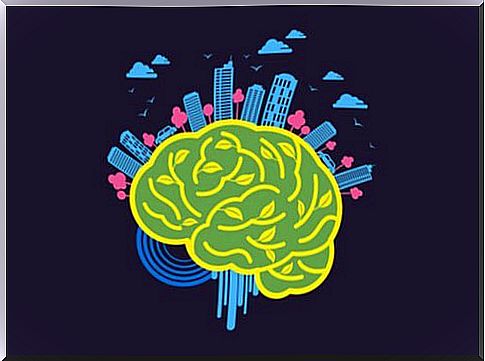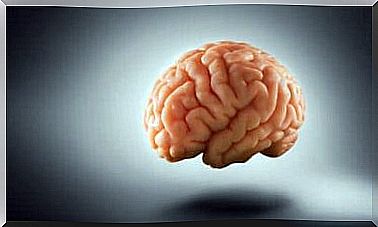Neuroarchitecture: The Impact Of The Environment On The Brain

Although neuroarchitecture seems to be a new discipline, it is actually almost 70 years old. Its purpose is to create spaces of happiness, prosperity and productivity. In other words, structures that reduce stress and anxiety.
In this discipline, architects and neuroscientists work together to design sites and buildings focused on optimizing the condition of the people who live there. This collaborative science is based on certain architectural components. It considers, for example, window placement, wall and furniture angles, colors, textures, open spaces and light, among other aspects.
The discipline helps to create buildings that affect the functions of the brain. With this in mind, it can be said that this discipline goes back to the first Gothic buildings. As a science, however, the discipline is much younger. In fact, one could say that neuroarchitecture originated 25 years ago.
Neuroarchitecture is a discipline that is interested in how the environment modifies the brain’s chemistry and emotions, thoughts and behaviors.
Dr. Fred Gage is a neuroscientist at the Salk Institute for Biological Studies, and was interested in the effects of environmental changes on the brain. He focused on understanding how the brain interprets, analyzes and reconstructs the space that surrounds it.
Therefore, neuroscience provides valuable clues to architects on how to create and distribute spaces. Certain environments cause the brain to initiate mechanisms that produce the hormones necessary for the development of certain emotions and sensations.

It is estimated that people spend more than 90% of their time inside buildings. Because the environment has power over the brain, it is important to create healthy buildings that generate well-being. Neuroarchitecture focuses on both aesthetic and symbolic aspects.
This neuroscience can map the brain, what stimulates it and what activates it. With this in mind, neuroarchitecture is about concepts such as quantity and projection of light or ceiling height. It knows how to influence creativity and productivity. It also takes into account which architectural elements create a collaborative effect or need for privacy in the brain.
We already know that several architectural elements influence our mental state. We know, for example, that architectural design with notable or sharp angles favors the manifestation of stress. Rectangular spaces make people feel trapped. Light is another important aspect. Poor artificial light forces the brain to work harder, which affects productivity.
High ceilings are suitable for creative and artistic activities. On the other hand, low to ceiling promotes concentration and routine work. Color can affect mood and thus decision-making and attitude. For example, green reduces heart rate and relieves stress. On the other hand, red stimulates cognitive functions and attention processes. Therefore, they can be very helpful in tasks that require mental concentration.

Recently, neuroarchitects have begun to understand the importance of outdoor spaces and nature for the brain to function properly. It is as fundamental as charging the batteries in our electronic gadgets. Nature gives the brain the ability to relax and recharge.
Another important element when it comes to relaxing is the hearing center in the brain. This section deals with the interpretation of sound vibrations. We know that when a peso activates this area with, for example, music he likes, it generates an extra amount of dopamine – a hormone that improves work concentration.









